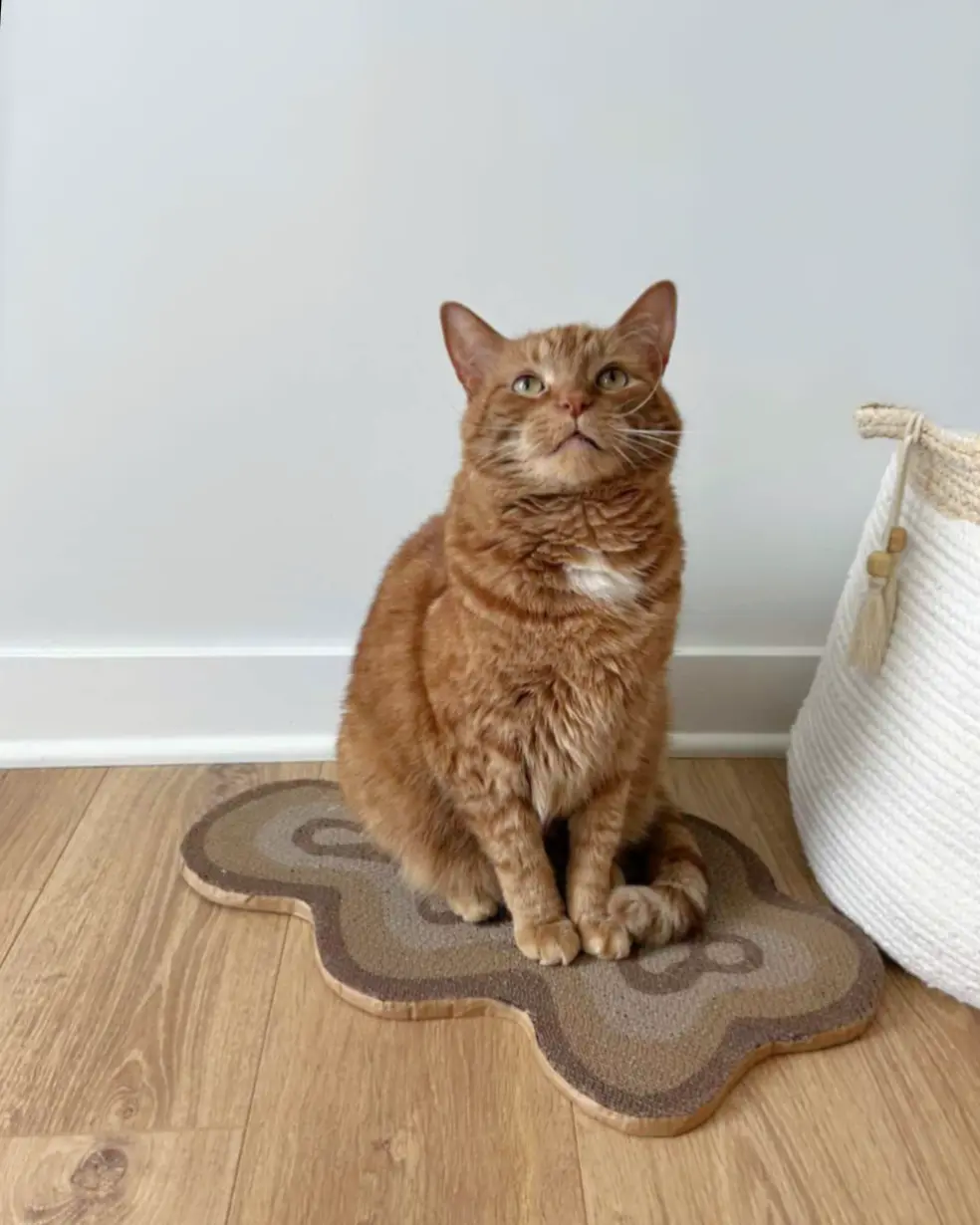If you share your home with a feline friend, you’ve likely faced the challenge of protecting your beloved furniture from their sharp claws. Cat scratch pads are often touted as a solution, but how effective are they really? This blog will explore the ins and outs of using scratch pads to safeguard your furniture and keep your cat happy.
Understanding Cat Behavior
Cats have a natural instinct to scratch, which helps them maintain their claws and mark their territory. Understanding this behavior is crucial to finding effective solutions.
Scratching is not merely a destructive habit; it’s an essential part of being a cat. In fact, scratching serves multiple purposes: it helps to shed the outer layer of their claws, keeps their muscles sharp, and provides them an outlet for their energy. A lack of appropriate scratching options can lead to frustration in your cat, potentially causing behavioral issues.
Moreover, cats use scratching as a means of communication. By leaving scent marks and visual traces, they signal their presence to other cats. This natural behavior underscores the importance of providing suitable scratching alternatives that cater to both their instinctual needs and the owner’s desire to protect furniture.
Recognizing these aspects of cat behavior allows you to better appreciate why scratch pads can be the key to saving your furniture while also keeping your cat mentally and emotionally satisfied.
Benefits of Cat Scratch Pads
Scratch pads offer several benefits, including providing an outlet for scratching, reducing stress for your cat, and helping to prevent furniture damage.
One major advantage of a cat scratch pad is that it encourages your cat to engage in natural behaviors without turning your couch into their canvas. By fulfilling their scratching needs, you are less likely to see unwanted claw marks on your furniture.
Beyond furniture protection, these pads serve as a mental stimulation source. Cats often enjoy the texture and the act of scratching itself, which can lead to a healthier and happier pet. A satisfied cat is a content cat, and that means less trouble for you!
Additionally, many scratch pads come with enticing features such as catnip or added texture to make them even more appealing to your feline. This not only redirects their scratching behavior but also transforms it into a rewarding activity!
Choosing the Right Scratch Pad
Not all scratch pads are created equal. Look for ones made of durable materials and consider your cat’s scratching preferences, like vertical vs. horizontal surfaces.
When selecting a scratch pad, think about your cat’s style. Does your kitty prefer to scratch vertically like a tree or horizontally as if on a carpet? There are products tailored to each preference that can significantly influence whether or not they take to it.
Moreover, pay attention to the materials used. Sisal, cardboard, and carpet each have their own appeal. Sisal is sturdy and great for rigorous use, while cardboard can be a fun and disposable option. The key is to find something that suits your cat’s taste while also being sturdy enough to withstand their playful attacks.
Lastly, don’t forget about size! A scratch pad that is too small may not be satisfying enough for your cat, while one that takes up too much space could easily be ignored. Make sure you have adequate options that fit your home and your cat’s preferences.
Placement and Training Tips
To maximize the effectiveness of scratch pads, place them in areas where your cat frequently scratches. It’s also essential to train your cat by encouraging the use of the pads.
Consider what locations in your home your cat frequently targets. By placing scratch pads near these areas, you’re guiding them towards the right options. This can be near your sofa, vigorous against a door frame, or by a sunny window where your furball loves to lounge.
Training can also be a fun interaction. Encourage your cat gently with treats when they use the scratch pad. Over time, they will associate pleasure with using the scratch pad, making it a more attractive destination.
Patience is key here. Cats may need time to adjust, so don’t be discouraged if they initially resist. Keep experimenting with placements and types until you find what works!
Regular Maintenance and Replacement
Keep an eye on the condition of your cat scratch pads. Regular maintenance and replacing worn-out pads are key to ensuring your furniture stays protected.
Inspect your scratch pads routinely. If you notice they are fraying, bending, or appear too worn out, it’s time to replace them. An ineffective scratch pad won’t serve its purpose, and your cat may revert to scratching your furniture.
Cleaning is also essential. Wipe down surfaces and remove debris to maintain hygiene. If your cat uses a cardboard scratch pad, you might simply dispose of it, but for more durable options, a little maintenance goes a long way!
By staying proactive and attentive to the condition of the scratch pads, you can ensure that your cat keeps using them and help extend the lifespan of your furniture.
Final Thoughts
In summary, cat scratch pads can significantly reduce the risk of furniture damage while offering your cat a designated space to scratch. By choosing the right type and positioning them effectively, you can create a harmonious environment for both you and your feline companion.


